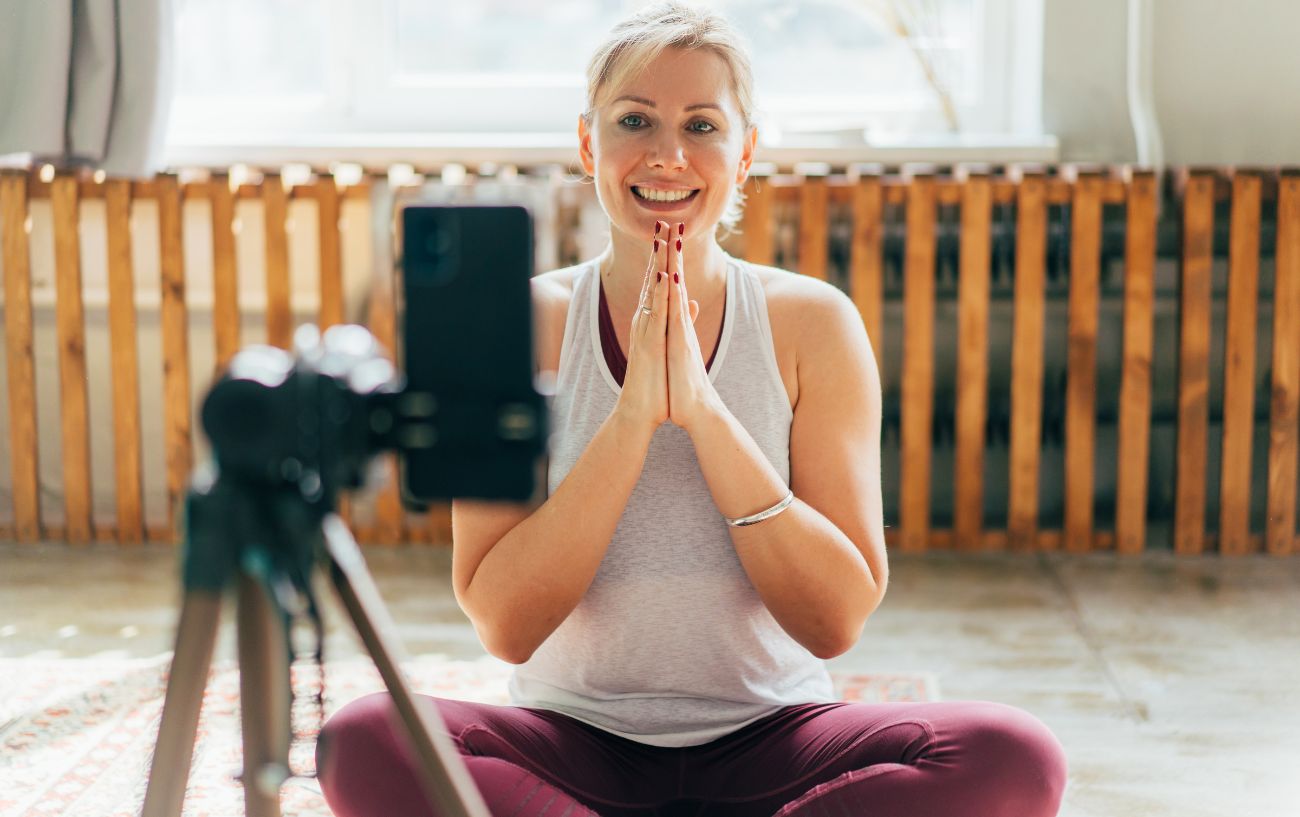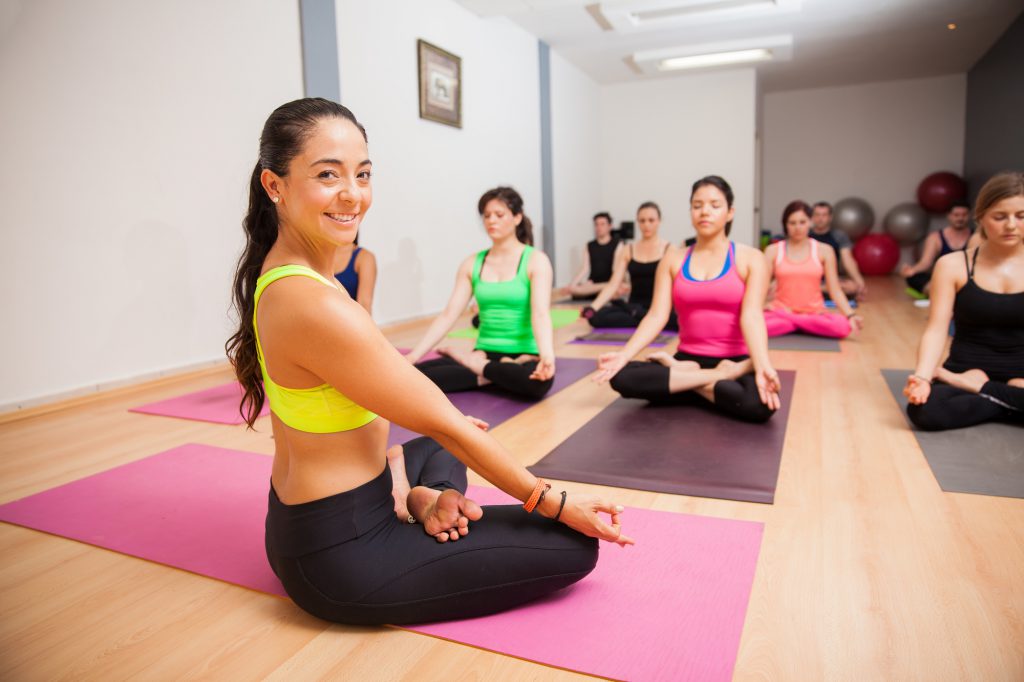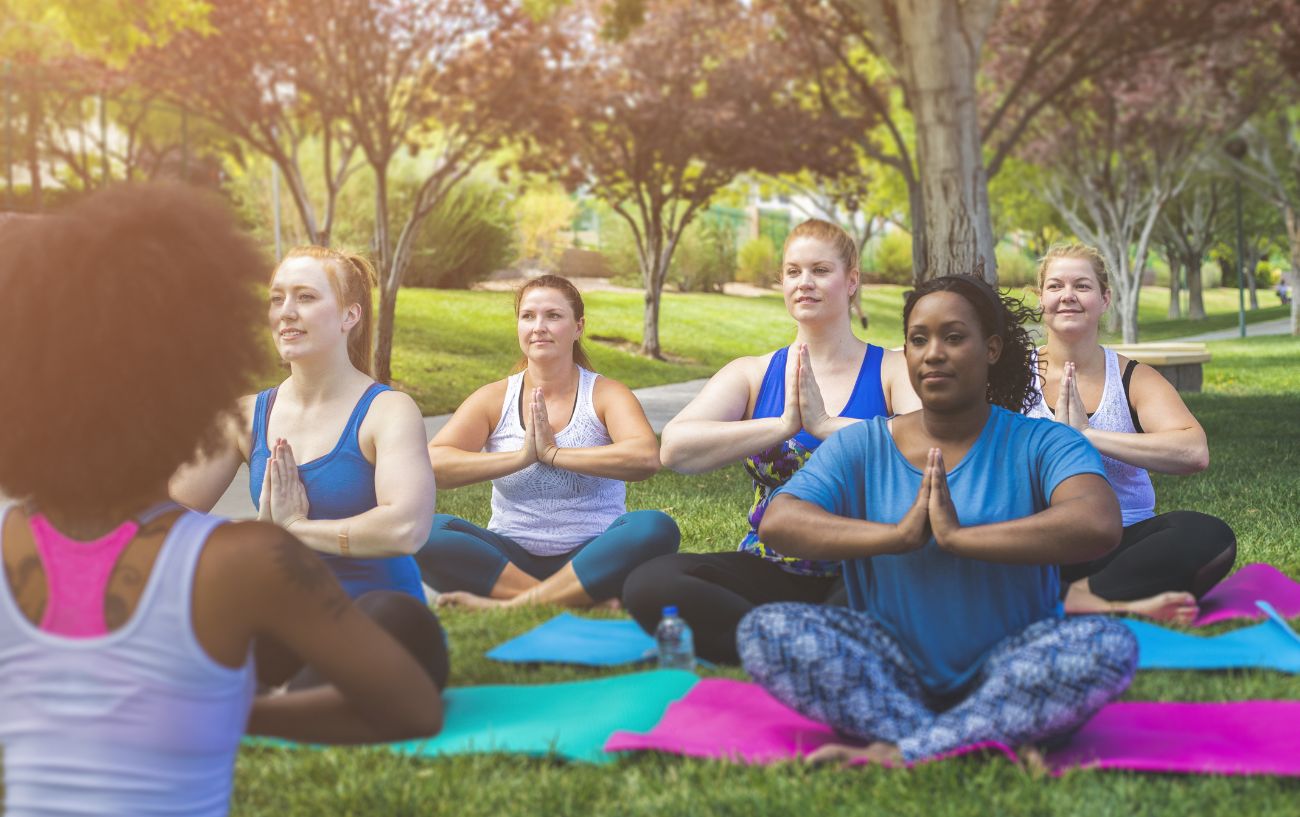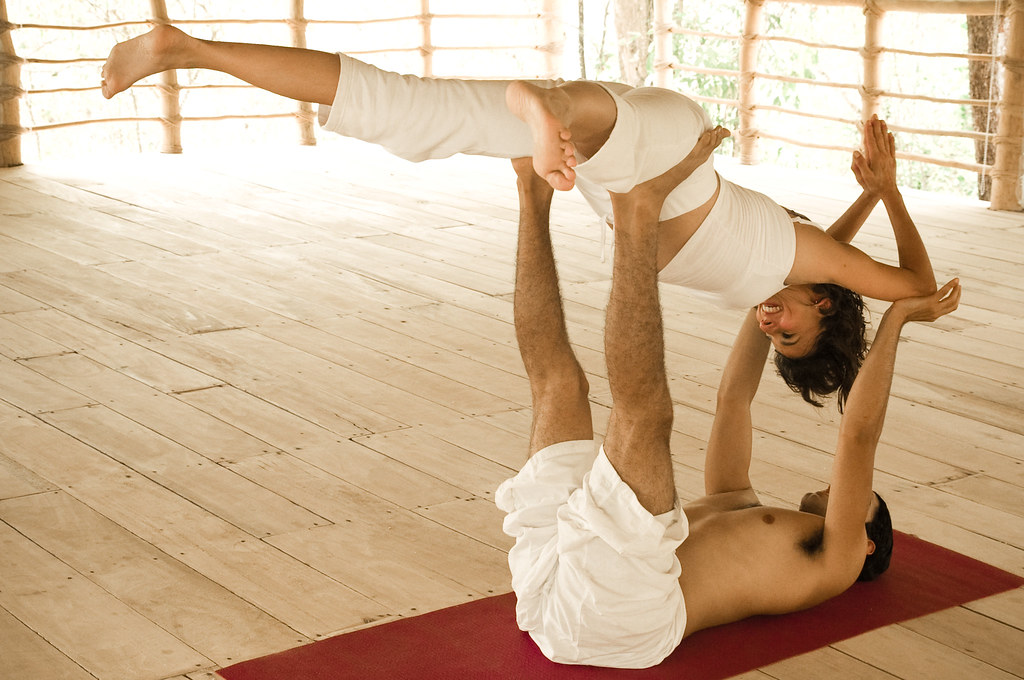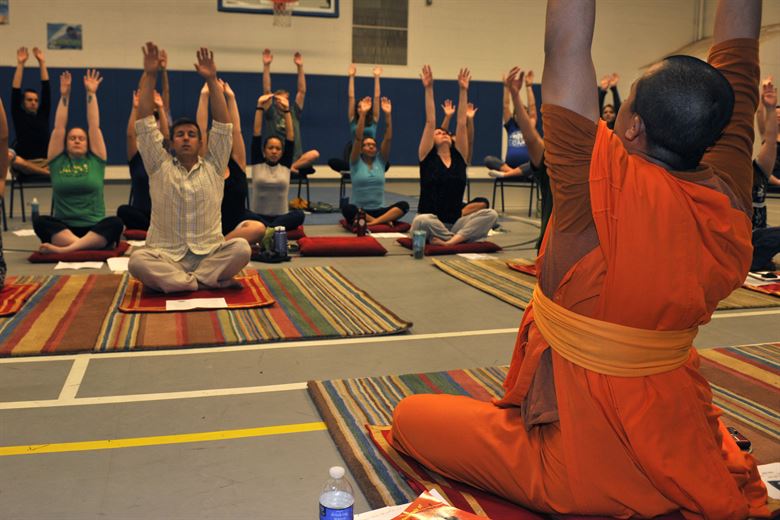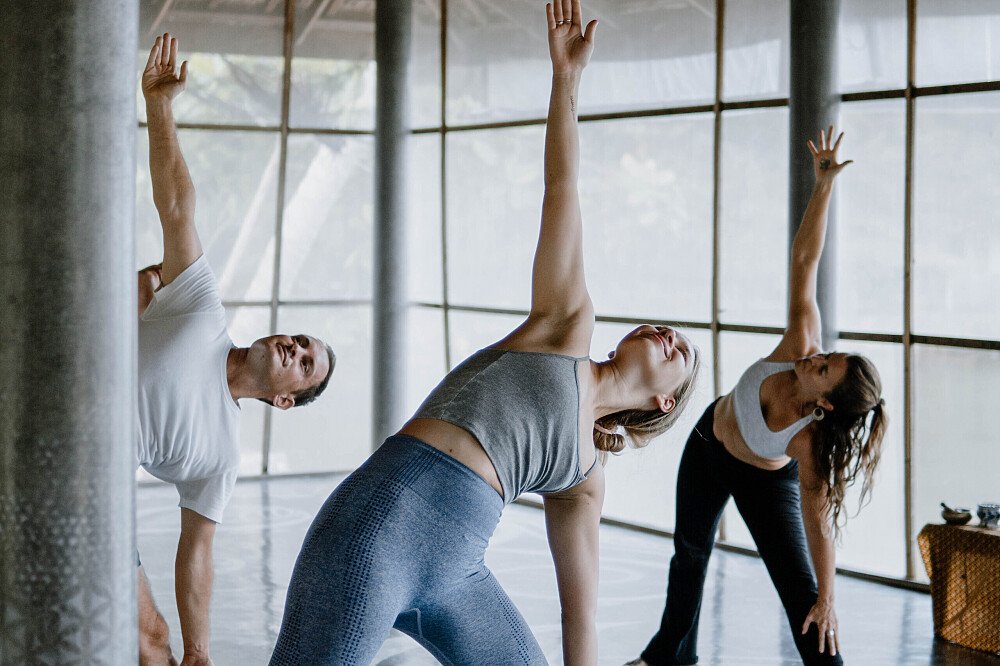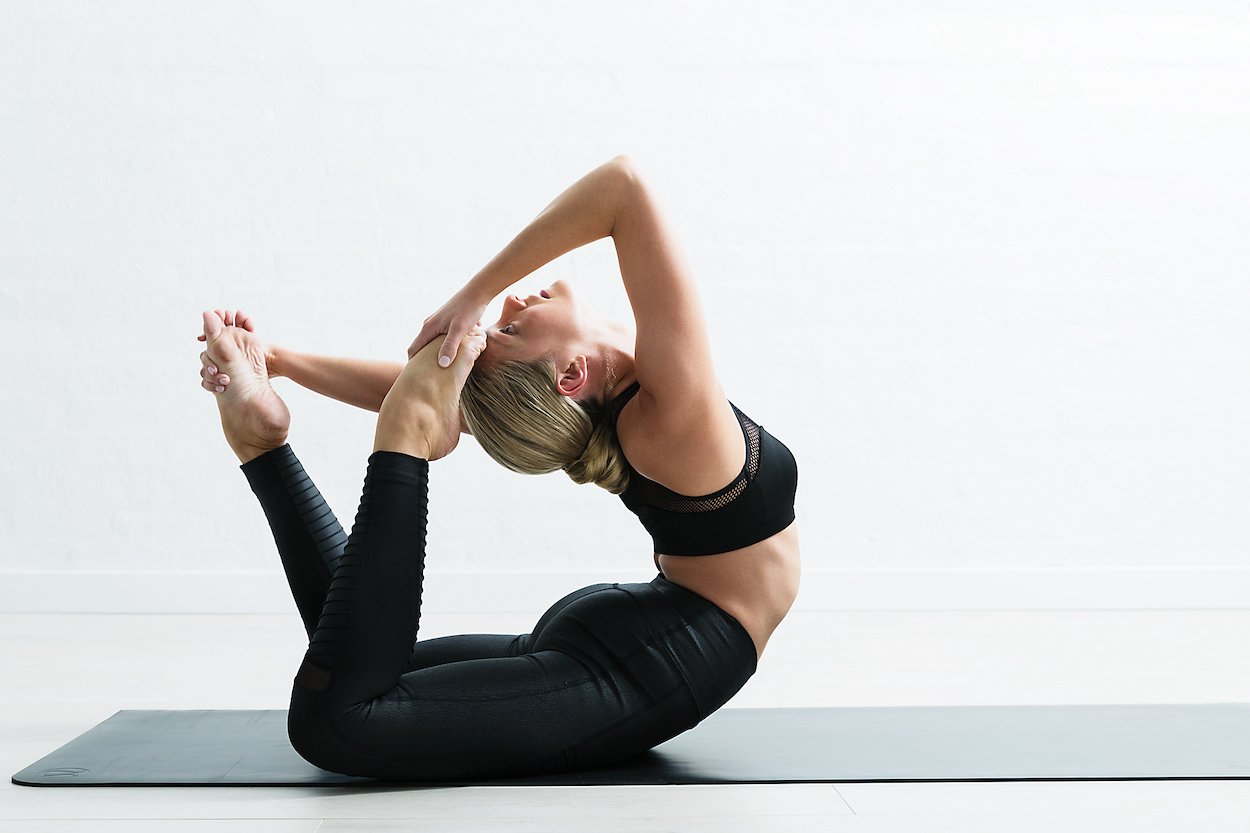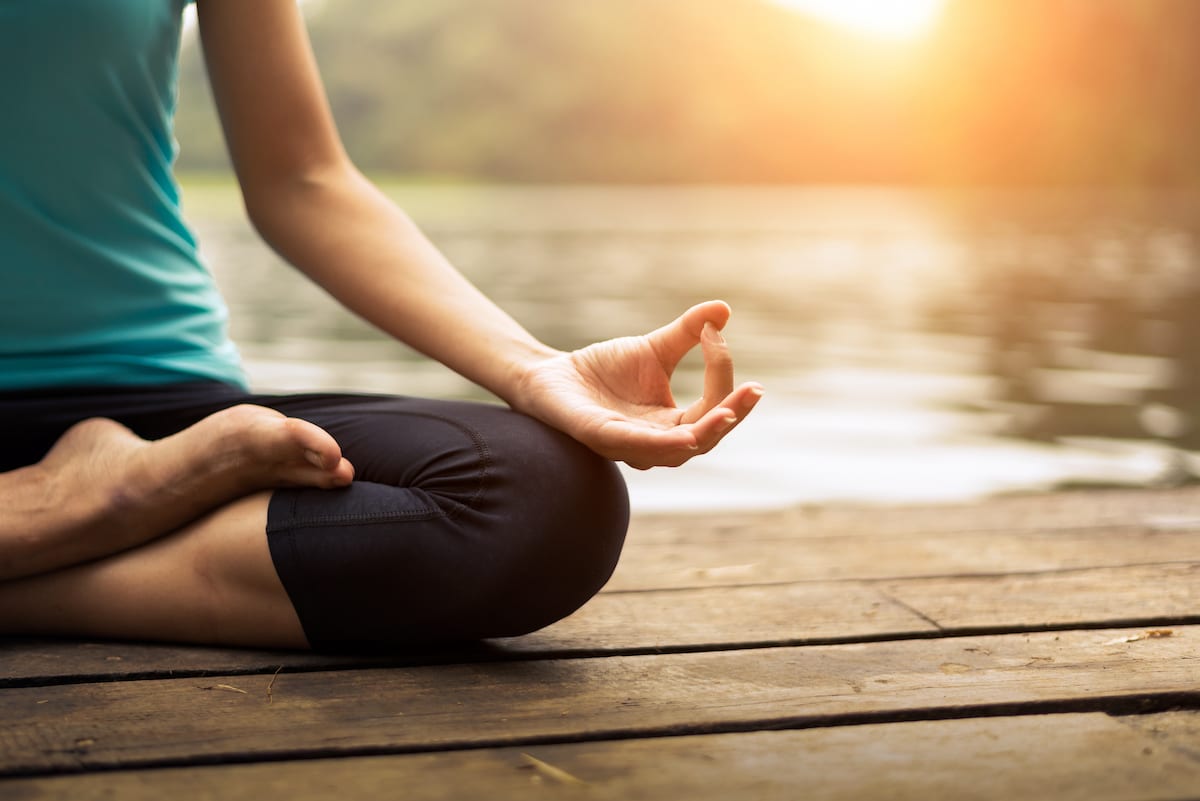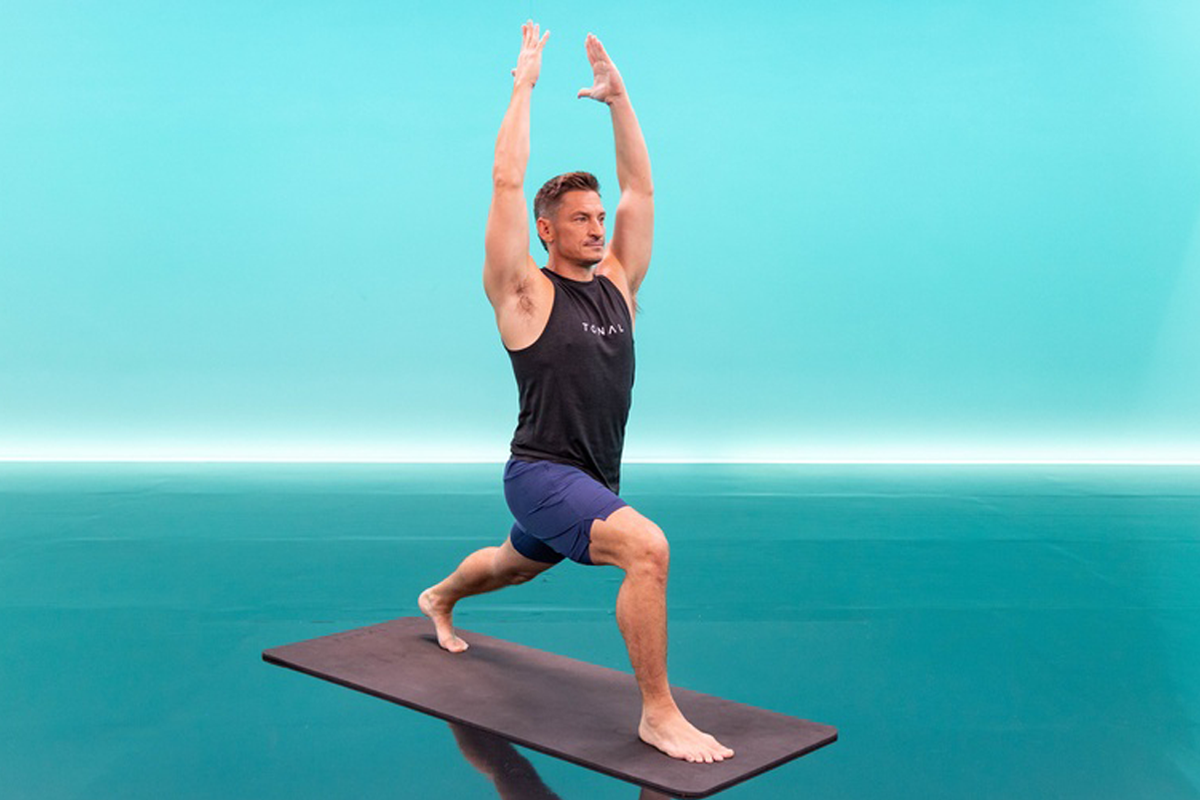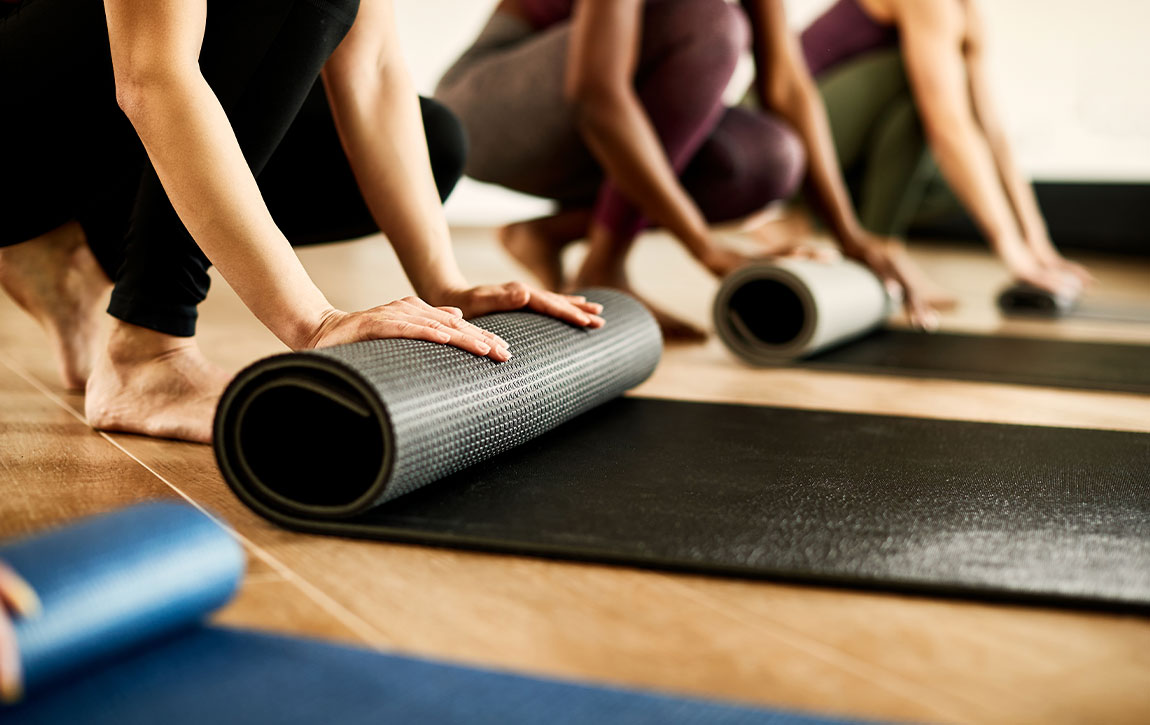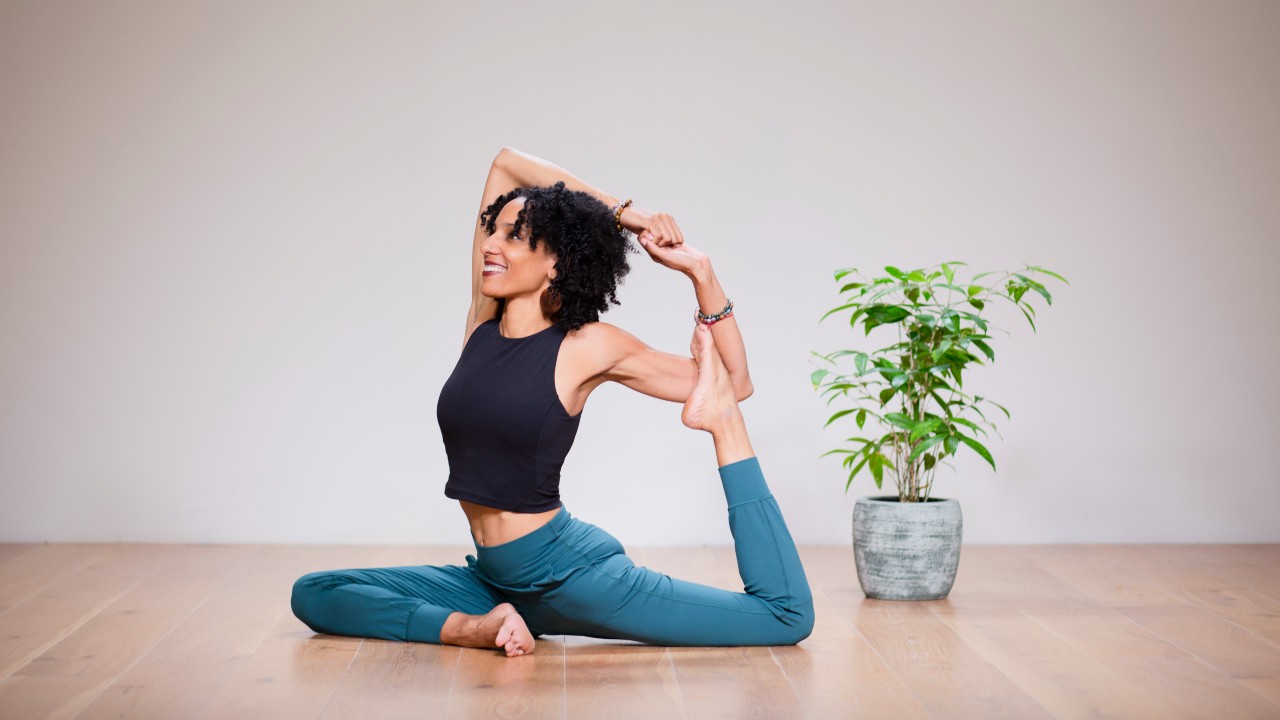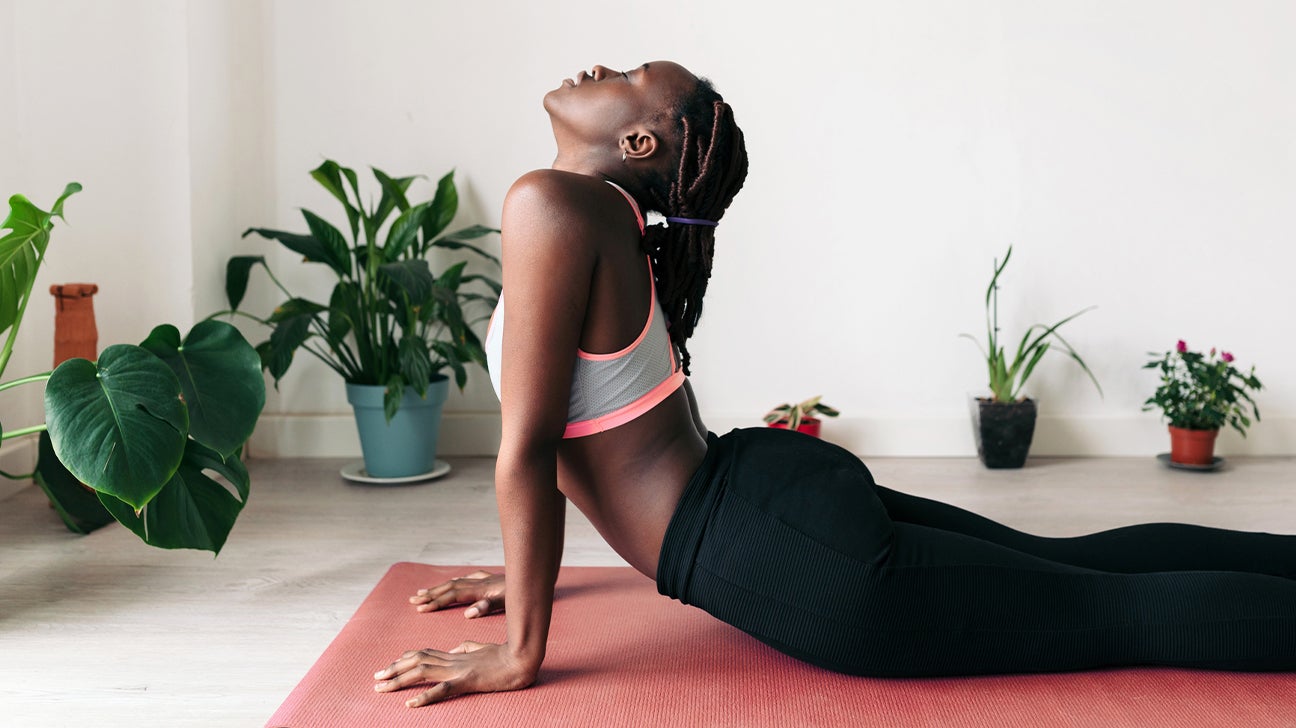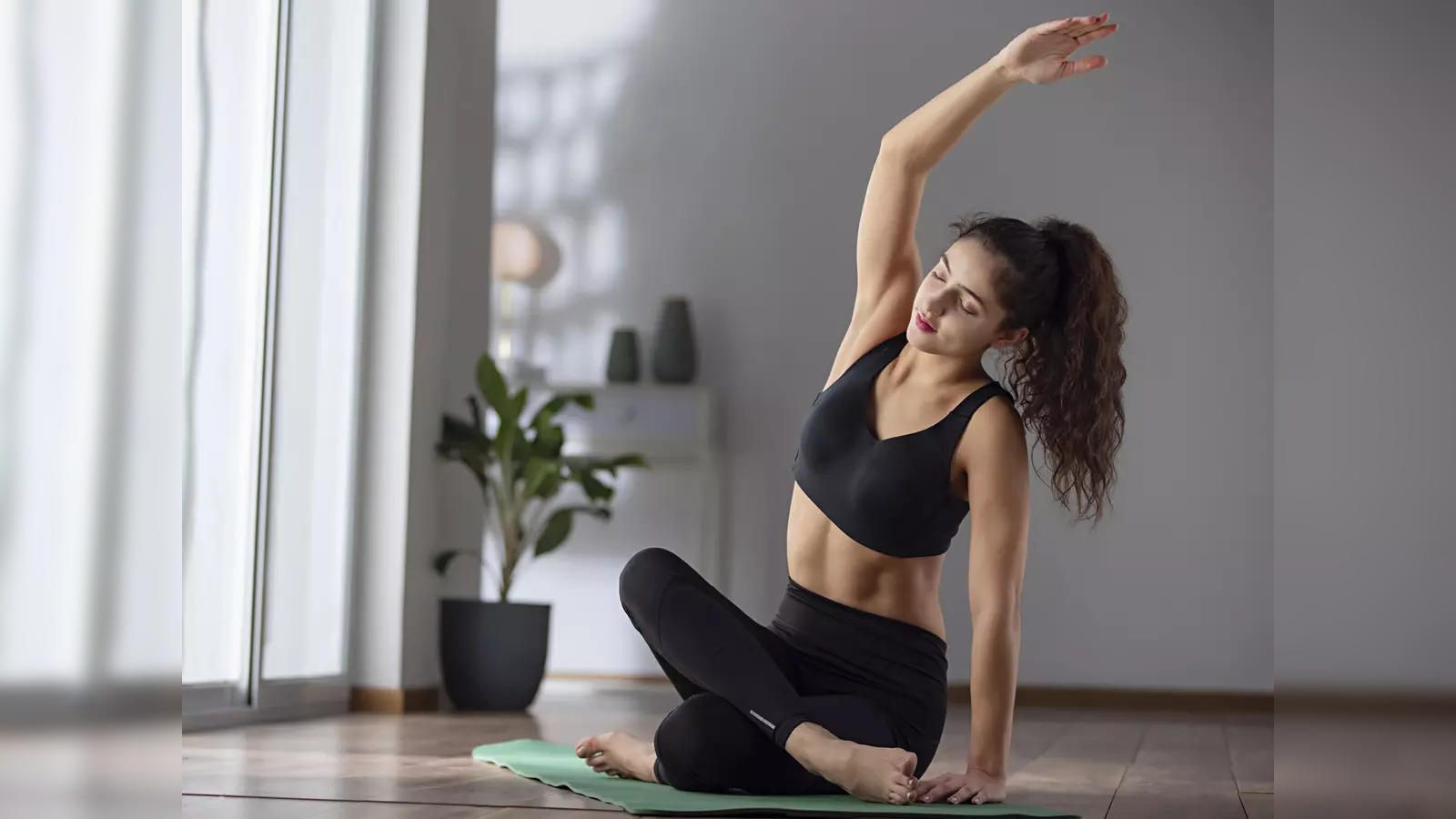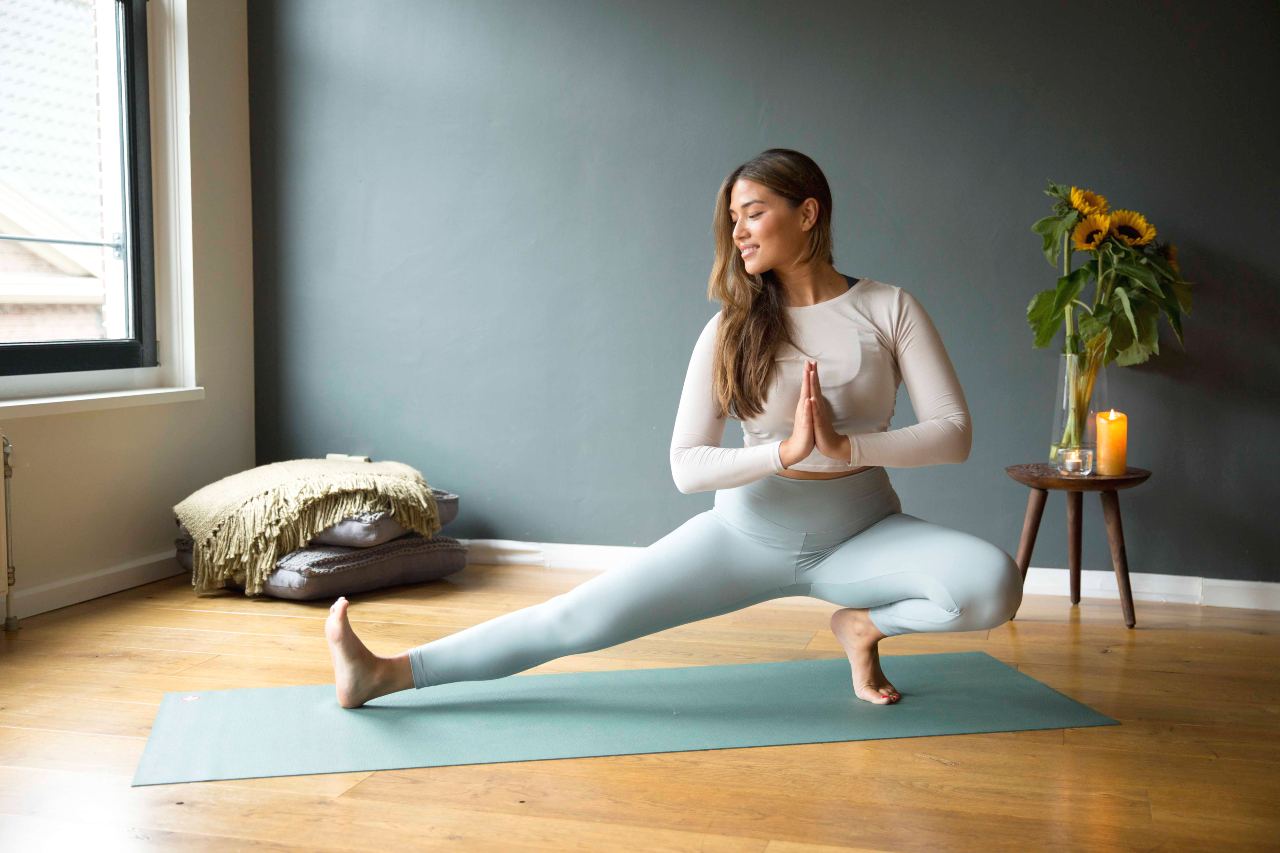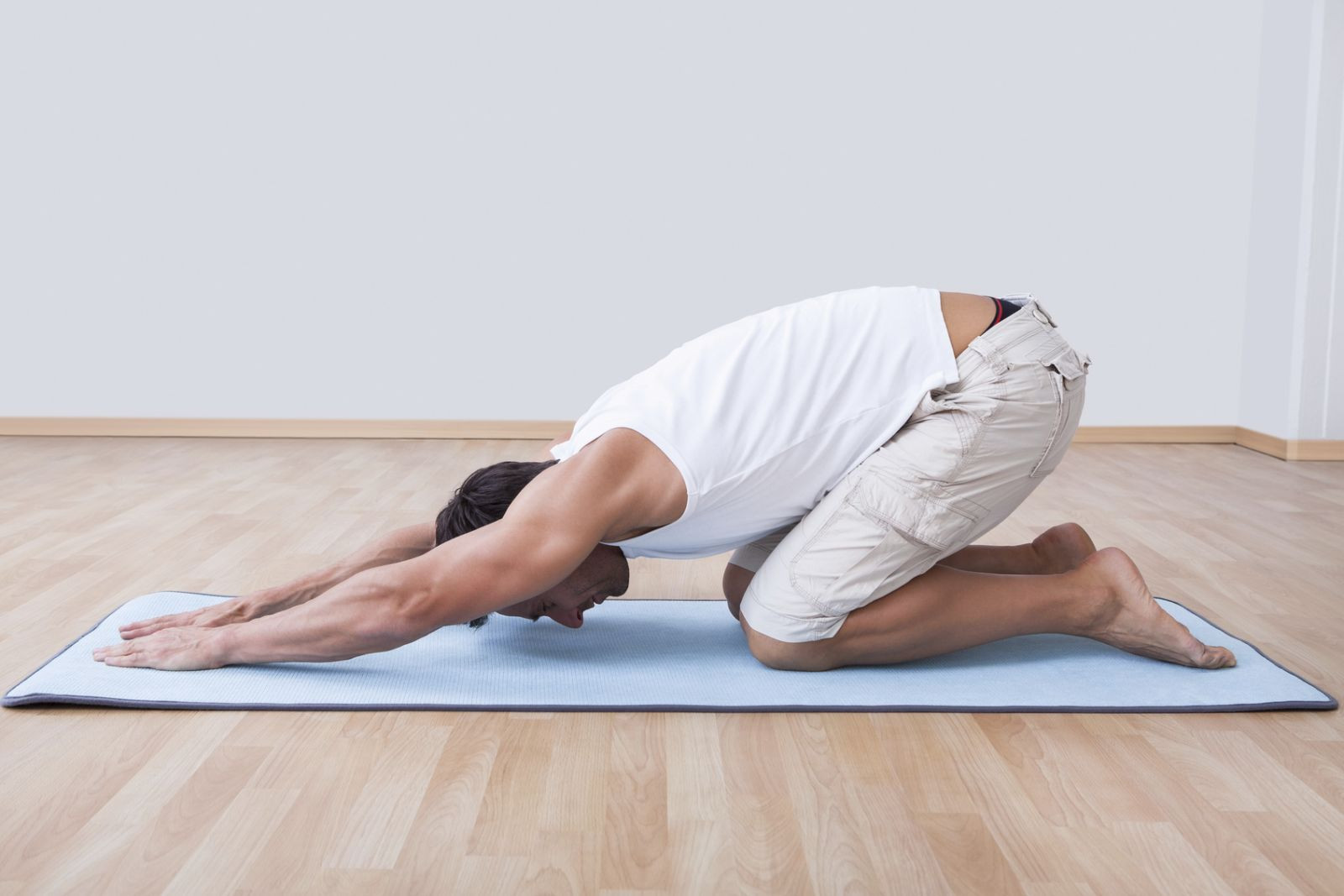Introduction:
Yoga has gained immense popularity worldwide for its numerous physical and mental health benefits. Whether you’re a beginner or an experienced practitioner, finding the right balance and frequency of yoga practice is essential for reaping its maximum benefits. In this comprehensive article, we will explore the ideal frequency and consistency of practicing yoga to achieve optimal wellness. From the considerations for different experience levels to the factors influencing practice frequency, we aim to provide valuable insights into establishing a well-rounded yoga routine. Join us as we embark on a journey to discover how often you should practice yoga for overall well-being.
The Importance of Consistency: Establishing a Steady Yoga Routine
To fully experience the benefits of yoga, it is crucial to maintain consistency in your practice. This section delves into the importance of establishing a steady routine for both beginners and experienced practitioners.
Yoga for Beginners: Building a Foundation with Regular Practice:
For those new to yoga, consistency is key in building a strong foundation and developing proper alignment and technique. Starting with two or three weekly yoga sessions provides ample time for the body to adapt to the practice, develop flexibility, and learn basic yoga poses. Regular practice allows beginners to gradually build strength, balance, and mindfulness, establishing a solid groundwork for progressing in the practice.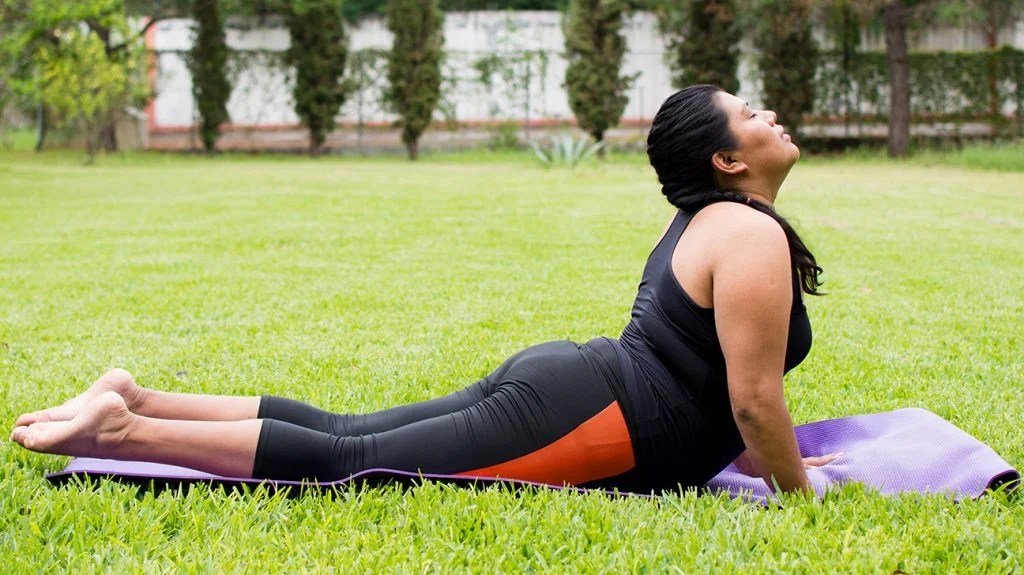
Expert Yogis: Enhancing Skills and Deepening Practice:
Experienced yogis thrive on consistency as well, deepening their practice and refining their skills. Engaging in yoga sessions three to five times a week allows experienced practitioners to explore advanced poses, engage in longer practice sessions, and work on subtle nuances of breath control and meditation. Consistent practice at an expert level helps maintain physical fitness, mental clarity, and spiritual growth, taking yoga to new heights.
Factors Influencing Yoga Practice Frequency
Several factors come into play when determining the frequency of practicing yoga. This section explores key considerations such as personal goals, physical and mental well-being, and adapting practice frequency as needed.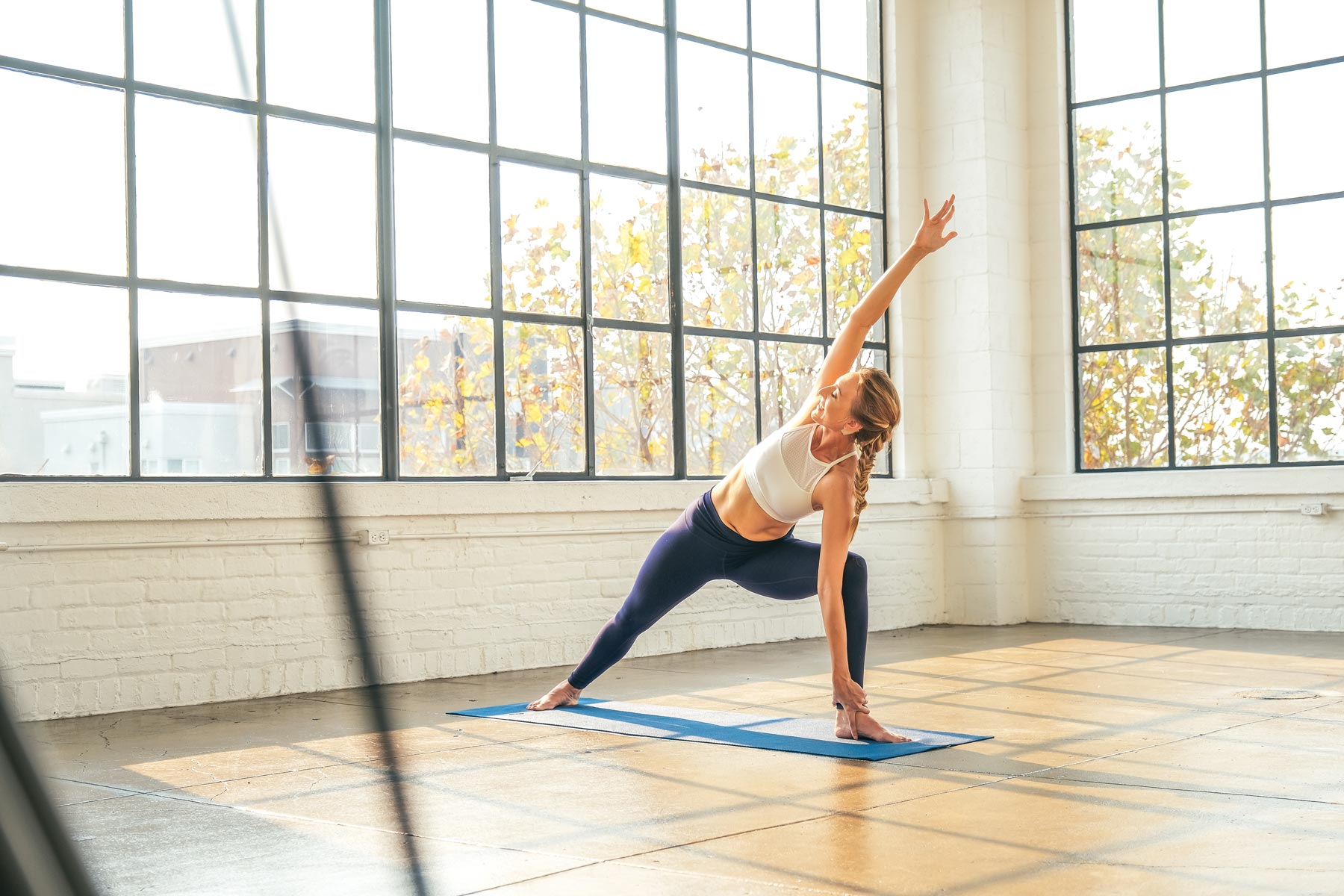
Personal Goals and Intentions:
Tailoring Practice to Your Needs: The frequency of yoga practice highly depends on individual goals and aspirations. If you strive for physical fitness and flexibility, incorporating yoga into your routine three to five times a week can be beneficial. For stress relief and mental wellness, even shorter, daily sessions can provide significant benefits. Understanding your objectives and adjusting the frequency accordingly allows you to personalize your yoga practice to meet your specific needs.
Physical and Mental Well-being:
Adjusting Practice Frequency: Listening to your body and mental state is crucial when determining how often to practice yoga. If you feel fatigued, experience muscle soreness, or notice mental exhaustion, allowing for rest days or opting for gentle yoga practices can prevent burnout and promote recovery. Conversely, during times of heightened energy or motivation, increasing the frequency of practice can provide an extra boost. Being attuned to your physical and mental well-being allows for flexibility in adjusting the frequency of yoga practice as needed.
Maximizing Benefits: Tips for Making the Most of Your Yoga Practice
To maximize the benefits of your yoga practice, it’s important to incorporate mindful techniques and explore how other activities can complement your yoga journey.
Focus on Quality, Not Just Quantity:
Mindful Practice for Optimal Results: While consistency is key, it’s equally important to prioritize the quality of your yoga practice. Rather than rushing through sessions to meet a set frequency goal, focus on being fully present during each practice. Pay attention to your alignment, breath, and the sensations within your body. Emphasize mindful movements and take the time to explore variations and modifications that suit your needs. By cultivating a mindful approach, you enhance the depth and effectiveness of your practice, regardless of the frequency.
Supplementing with Other Activities:
Enhancing Your Yoga Journey: To further enhance the benefits of yoga, consider supplementing your practice with other physical activities that promote holistic well-being. Incorporating activities like strength training, cardio workouts, or mindful activities such as meditation and Pilates can complement and support your yoga practice. Engaging in cross-training not only helps to build strength, endurance, and flexibility but also provides variety and prevents monotony. By exploring a range of activities, you can nourish different aspects of your well-being and deepen your overall yoga journey.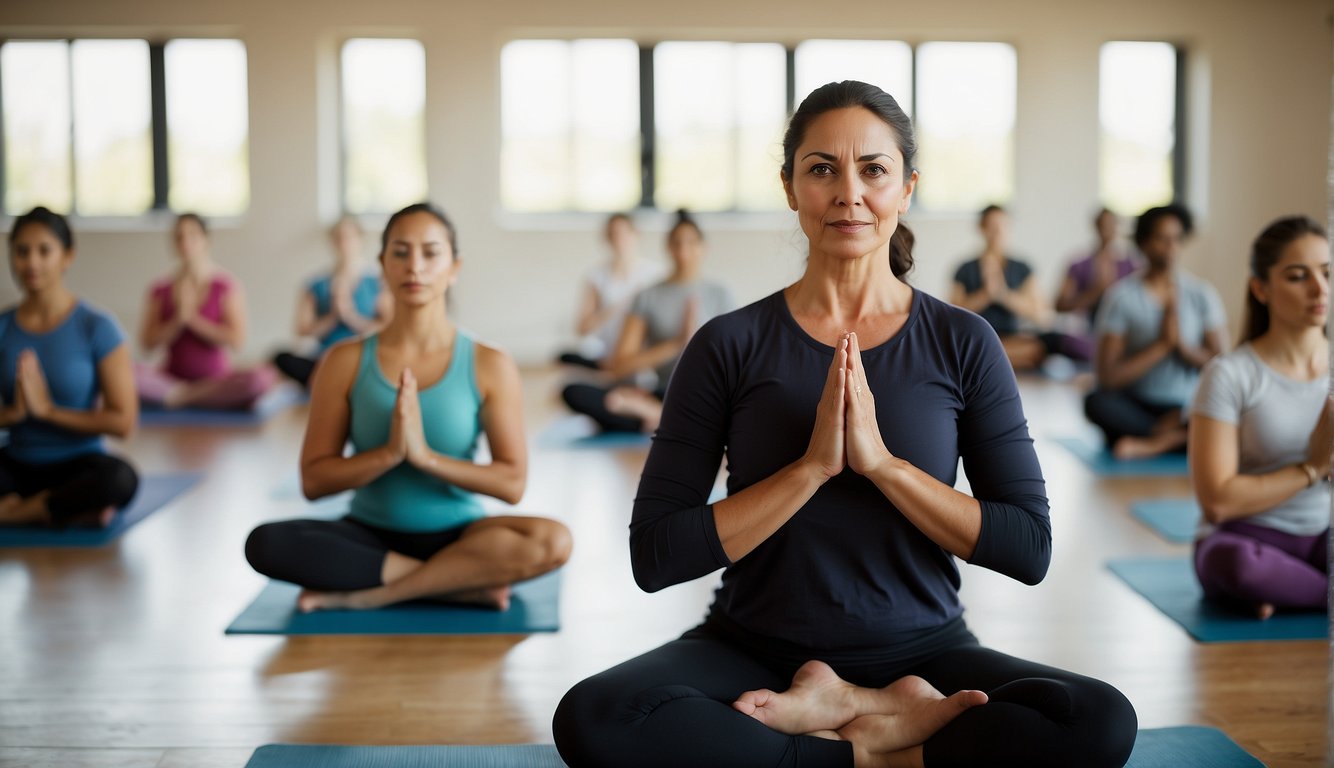
Conclusion:
The frequency of your yoga practice plays a significant role in the benefits you derive from it. Establishing a consistent routine that aligns with your goals, level of expertise, and physical capacity is essential. Strive for quality over quantity, embracing mindful techniques to enhance the effectiveness of each session. Additionally, explore opportunities to supplement your yoga practice with other activities that support your overall well-being. Remember, the key is to find a balance that works for you, allowing for growth, rest, and adaptation as your practice evolves. So, commit to your yoga journey, approach each session with mindfulness, and explore the myriad possibilities that can maximize the transformative power of yoga.
Establishing a consistent yoga practice is vital for reaping the physical, mental, and spiritual benefits it offers. For beginners, building a strong foundation and establishing a routine with two to three sessions per week is ideal. Intermediate practitioners can gradually progress to three to five sessions weekly to deepen their skills and enhance their practice. Experienced yogis benefit from three to five or more weekly sessions to maintain and elevate their abilities. Ultimately, the frequency of yoga practice should be tailored to personal goals, physical and mental well-being, and the ability to adapt practice frequency as needed. So, find your balance, listen to your body, and embrace the transformative journey of yoga, practicing with consistency and mindfulness to reap its full potential for overall well-being.
In conclusion, finding the right frequency of yoga practice is a personal journey that depends on individual goals, experience level, and physical and mental well-being. By establishing a consistent routine, focusing on quality over quantity, and supplementing with complementary activities, you can optimize the benefits of your yoga practice. Embrace the transformative power of yoga and discover the balance that nurtures your body, mind, and spirit.


